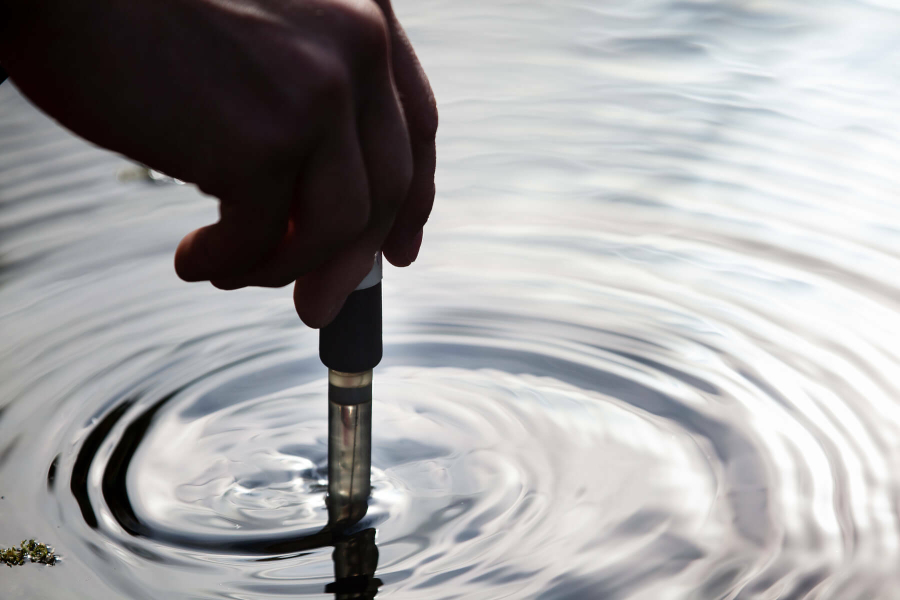Chemical Makeup
Study the chemical factors that affect where plants and animals thrive throughout the Bay, from brackish water to dissolved gases.

Like salinity and temperature, the chemical composition of water helps determine where and how many plants and animals live within the Chesapeake Bay. The Bay’s waters contain organic and inorganic materials, including nutrients, dissolved gases, inorganic salts, trace elements and potentially toxic chemicals such as heavy metals.
